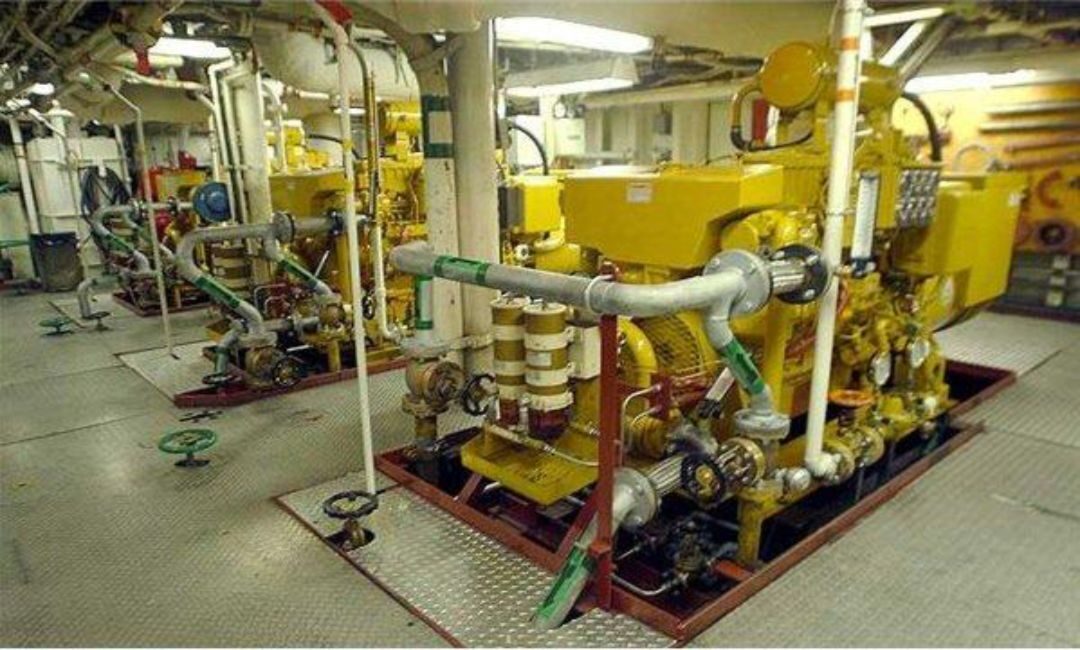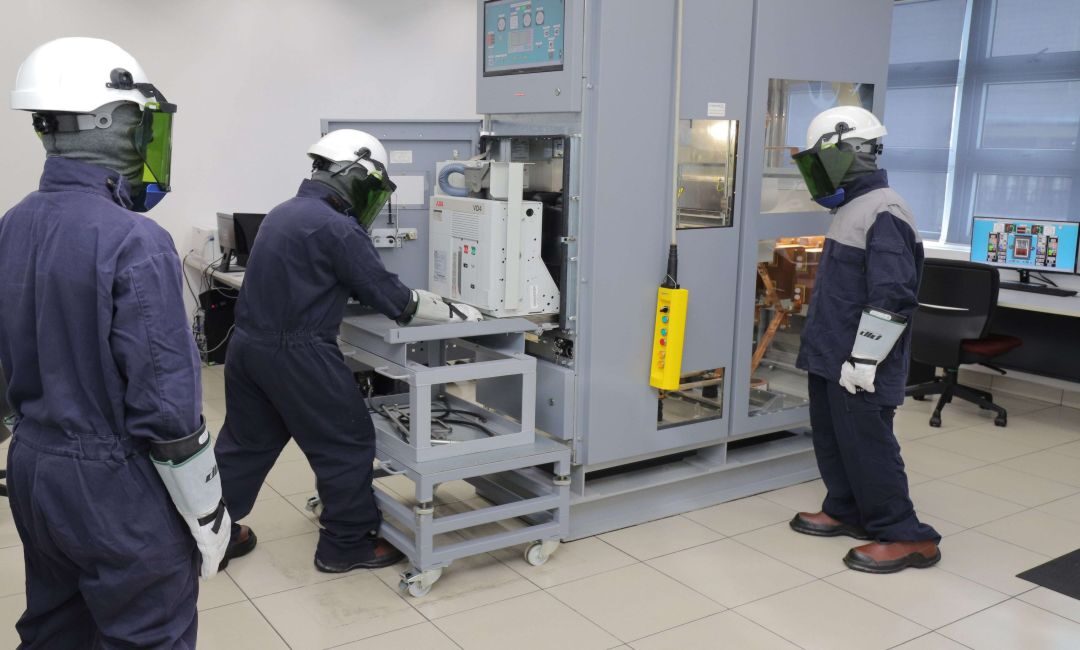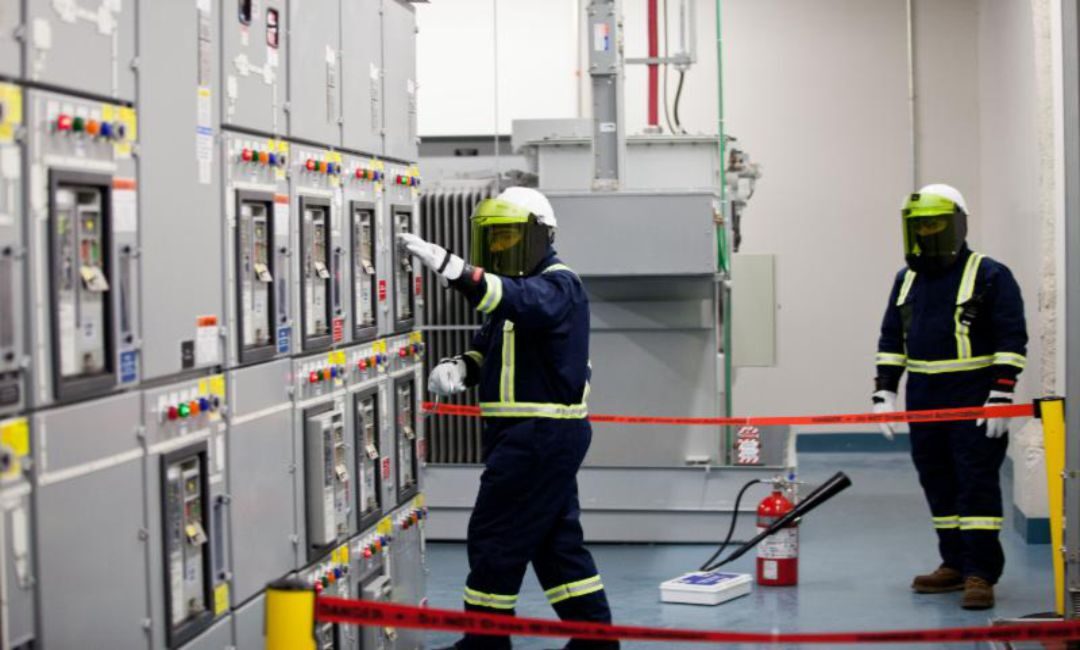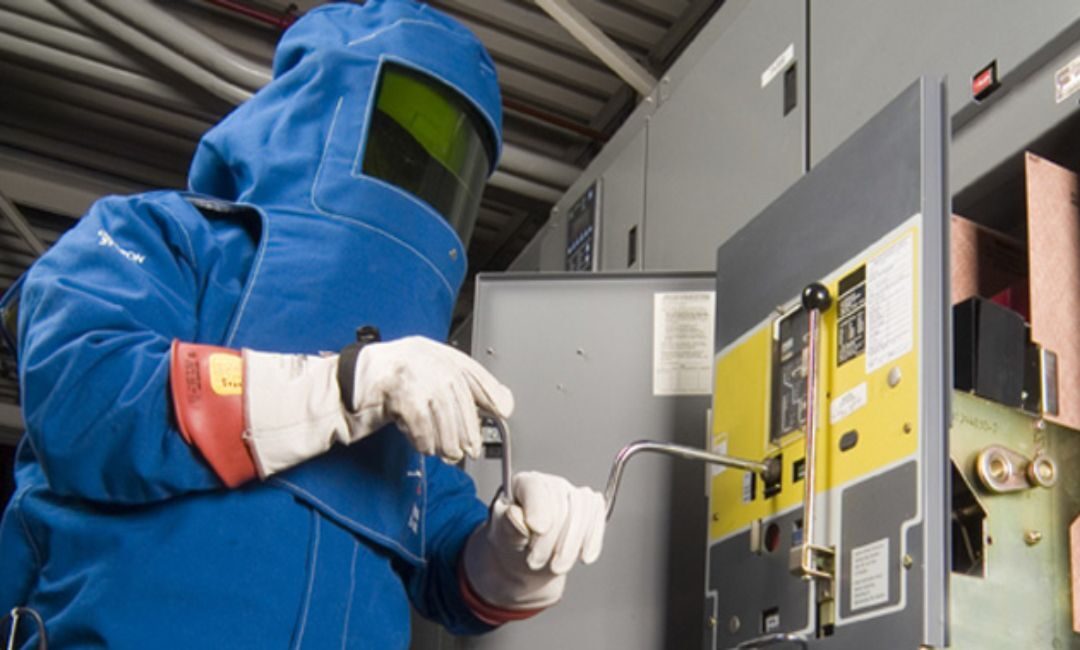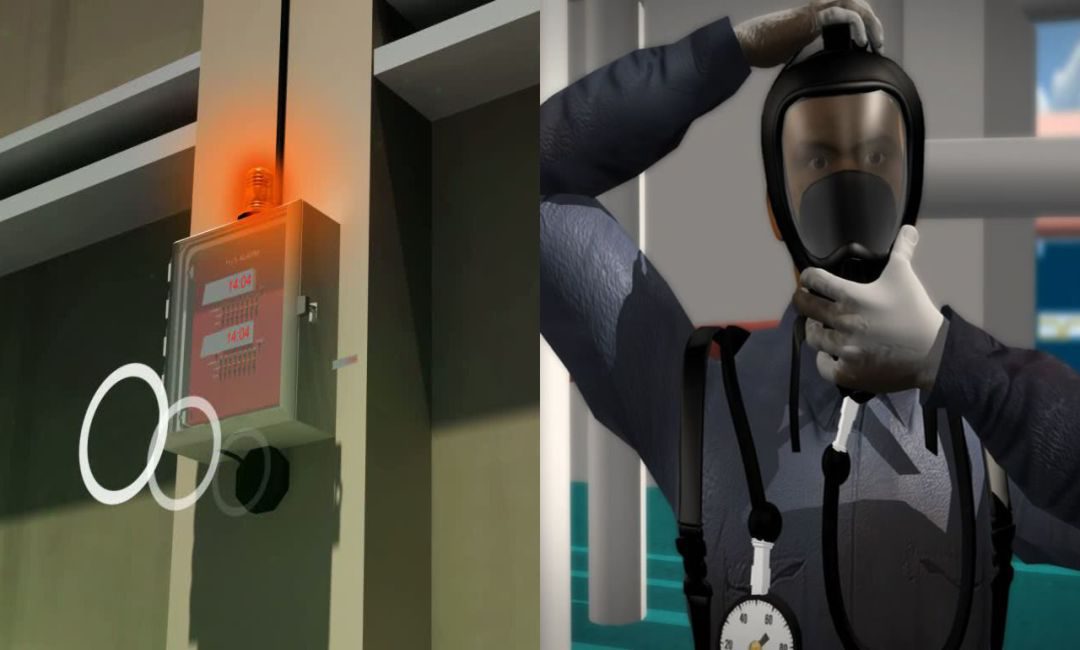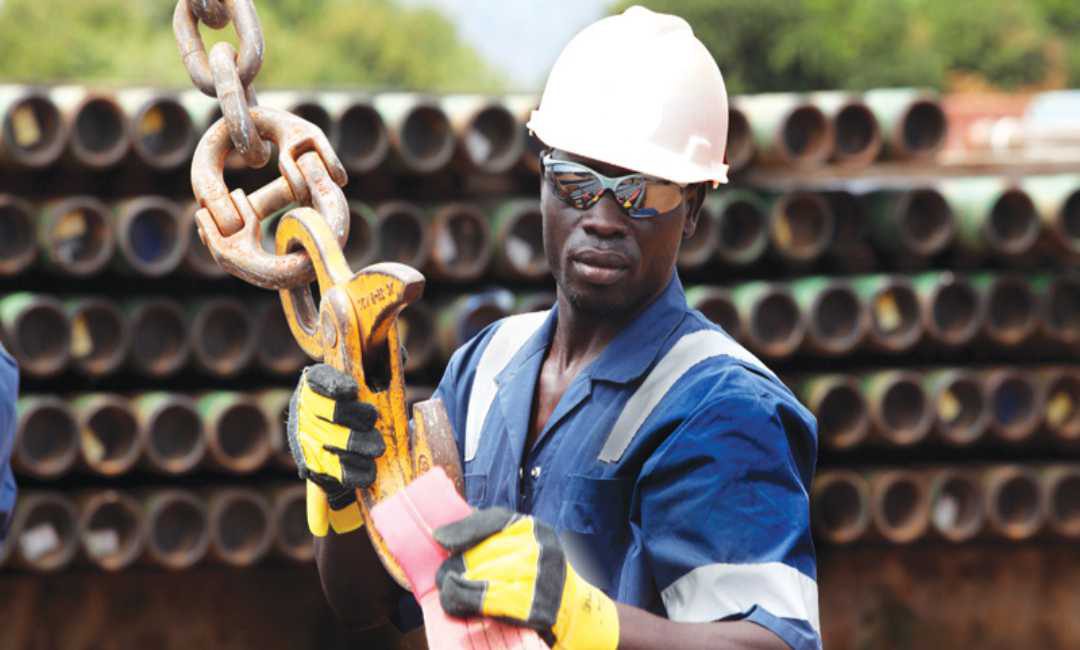COURSE: SHIPBOARD HIGH VOLTAGE APPLICATION AND SAFETY
COURSE CODE: SHVS 300
COURSE DESCRIPTION
We all know about the voltages used on board a ship. It is usually a 3phase, 60Hz, 440 Volts supply being generated and distributed on board. Every day the owners and designers aim for bigger ships for more profitability. As the ship size increases, there is a need to install more powerful engines and other machineries. This increase in size of machineries and other equipment demands more electrical power and thus it is required to use higher voltages on board a ship.
COURSE CONTENT
Introduction
Definition Of HV
What Is Classed As High Voltage?
Advantages/Disadvantages Of Using HV Advantages:
Hazards Of High Voltage
Short Circuit
High Voltage Safety And Precautions
High Voltage Safety Rules And Procedures
Insulation Resistance Tests Of HV Equipment:
Safety Of IR Test To HV Equipments
High Voltage Equipment Testing
High Voltage Equipment
Transformer Testing & Maintenance
High Voltage Equipment Maintenance
Fused Or unfused Lb And Nlb Disconnect Switchgear
Disconnection Procedure:
Personal Protective Equipment (PPE) To Work In HV
Isolation Of Any High Voltage Equipment: Proving The System Is Dead:
Earthing And Discharging Of HV:
Issuing Of A Permit-To-Work Or Sanction- For-Test:
Protections Operating Principles Load Transfer
Target Audience
Offshore Electricians
Workers using power tools
Engineers working with electrical devices
Employees working near source of high voltage
People involved in the task of extinguishing electrical fire
Employees working with high voltage batteries and vehicle service workers
Support staff working at onboard ships
DURATION
Two Days
Methodology:
Class room session,
Course manual for all participants
Digital in-focus projector to display lecture slides
At the end of the course, participants shall be issued certificates.
Participant per Class:
Minimum 6
Revalidation:
Every three years
Health:
All delegates will be asked to complete a medical questionnaire prior to course commencement.
Commencement Date:
Course scheduled on request – please contact our Training Manager on 08038873527 or visit www.workplacesafetynig.com/calendar to view our training calendar


